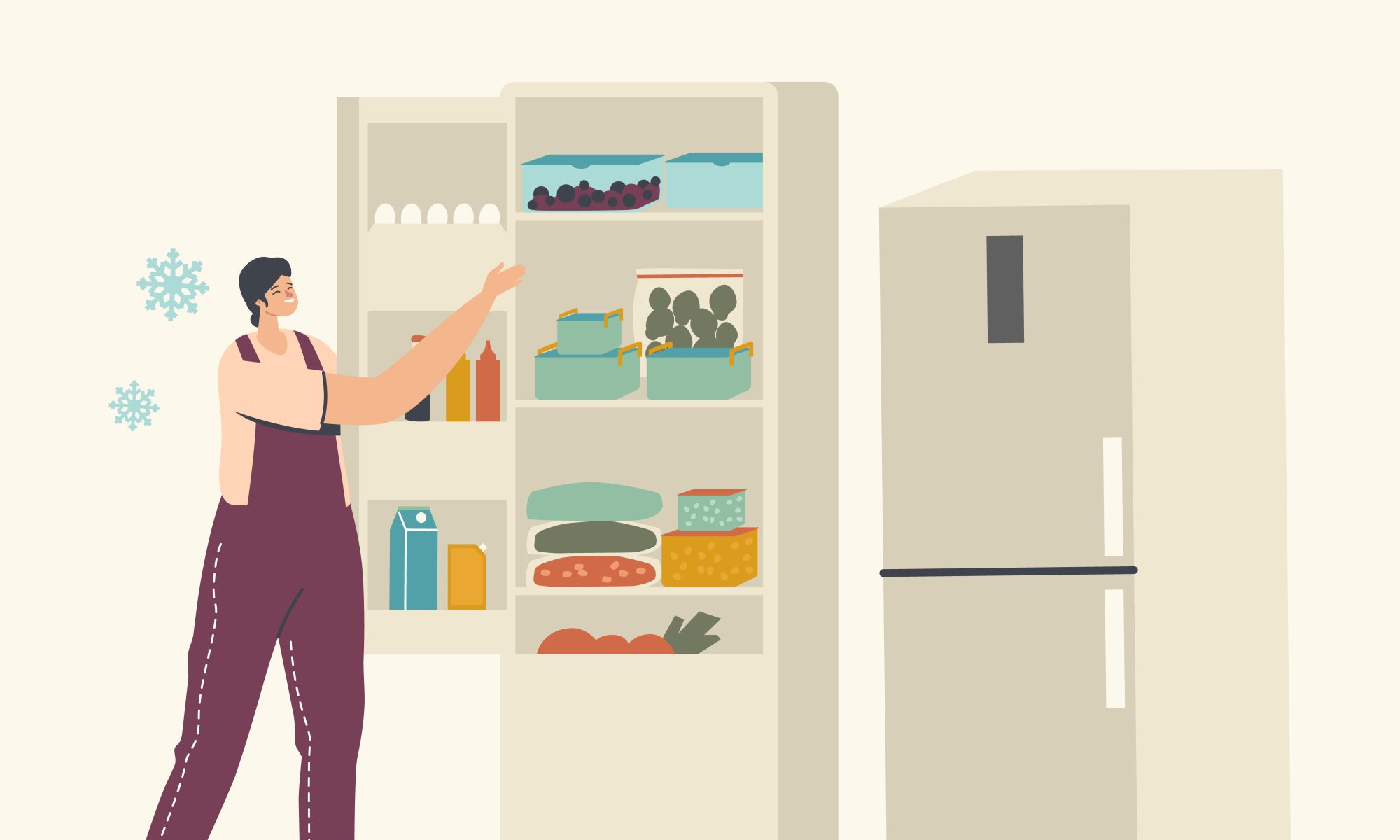This week marked the final phase of development and testing for our project before the upcoming capstone demo. Our team focused on completing hardware integration, validating sensor performance, finalizing the physical assembly of the device.
Unit Tests and System Tests Conducted:
-
Pressure Detection Test: Verified consistent trigger response from pressure sensors under different weights and placements.
-
Manual Inventory Adding Test: Tested NFC scanning and manual inventory update features through the mobile app. NFC sticker recognition was reliable; no major changes required.
-
NFC Sticker Scanning Test: Validated NFC tag detection under different lighting and angle conditions. We know the limitations of scanning distance, so will advise demo users to place stickers on bottom of items.
-
LED Response Test: Ensured LEDs correctly reflected inventory status, sensor triggers, and system states. Needed to slightly tweak LED delay timing to synchronize feedback with user actions.
-
Temperature and Humidity Sensor Validation: Integrating and testing new sensors for environmental monitoring tomorrow.
- LDR: Code runs smoothly to command sensor environment to shut down when LDR senses dark.
- Design Changes from Experimentation:
– Repositioned pressure sensors for better detection consistency based on weight distribution analysis.
– Rerouted and organized wiring more tightly to minimize electrical noise, especially critical for environmental sensors.
– Tuning LED signal timing and brightness to improve user feedback clarity during quick user interactions.Our team successfully completed hardware integration, system validation, and final assembly ahead of schedule. Final testing will confirm that the device is functional, responsive, and ready for the capstone demo! Key challenges such as wiring stability, sensor noise, and timing synchronization were addressed through iterative testing and real-time design adjustments.
Our focus for the final days before demo will be stress-testing the system under various use cases, refining minor interface details, and preparing presentation materials. We are excited to present our final product of GlowFresh!
